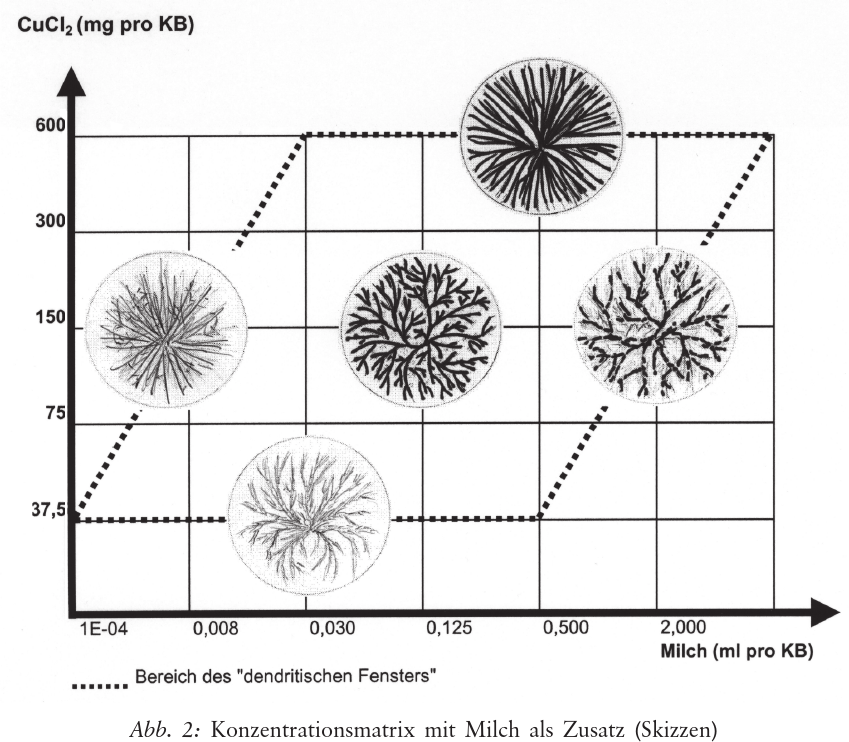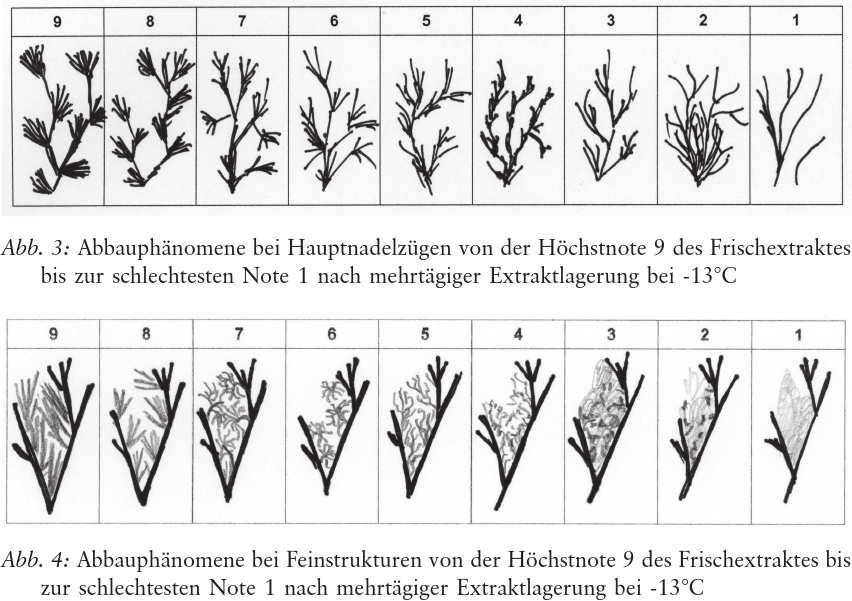Begriff und Kontext in der Methode der Empfindlichen Kristallisation
Elemente der Naturwissenschaft
83,
2005,
P.
79-89 |
DOI:
10.18756/edn.83.79
Article | Language: German | €6.00
Export Article Citation as
- Plain text
- BibTeX
- RIS format
- Download price : € 6.00
Abstract:
In work with the method of sensitive crystallisation, the contexts of the inorganic nature of copper chloride, the organic nature of the living plant and the nature of human thinking are intimately linked with one another. Forming concepts precisely and applying them in a mobile way lead us to the required judgement about the plant being studied. In order to get the method accepted and to make it accessible to those teaching and studying it, the process of reaching a judgement must be presented transparently and comprehensibly.



